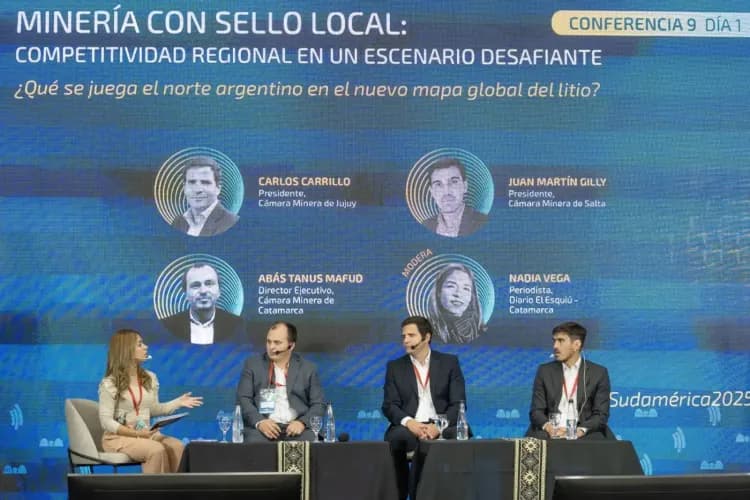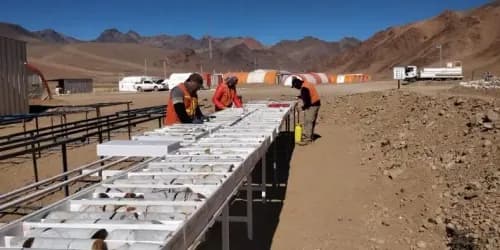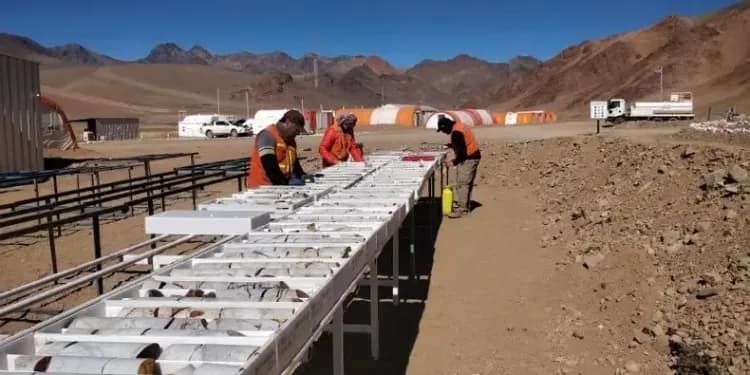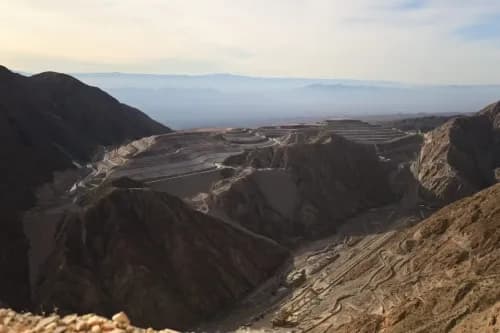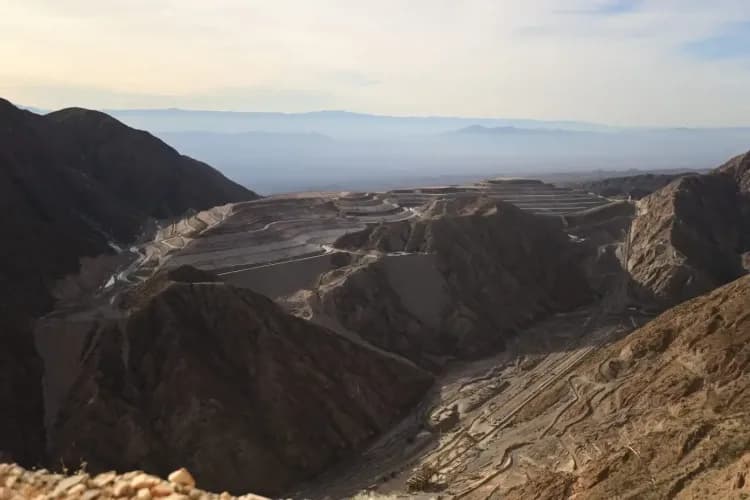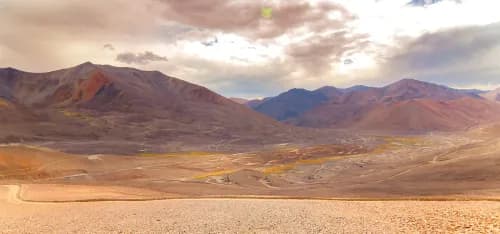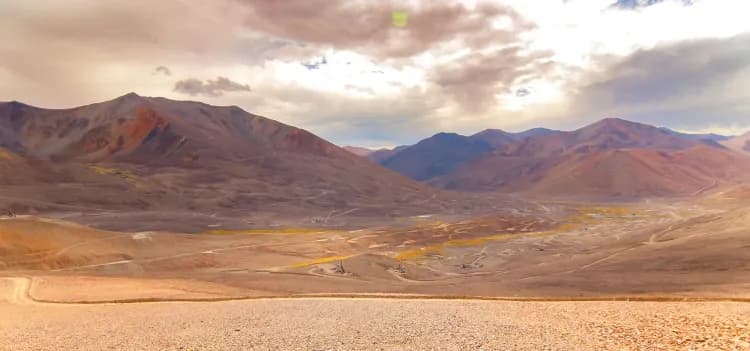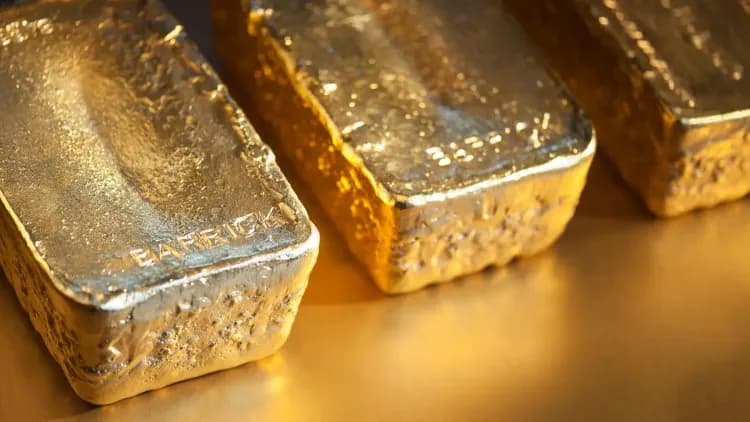San Juan’s Minister of Mining, Juan Pablo Perea, presented details of the digitalization of the mining registry — a decisive tool for attracting investment.
By Panorama Minero
What does this historic measure to digitalize the mining cadastre in the province of San Juan involve?
Before taking office, we had already been assessing the different areas of the Ministry of Mining, with the aim of making informed decisions based on that analysis. As Governor Marcelo Orrego instructed us, we didn’t come just to manage what was already in place — we came to make our mark and bring our own tools. That meant initiating new processes, which is never easy.
With that in mind, during every mission I was involved in, I had a secondary mission: to knock on doors and learn from world-leading jurisdictions, like those in Canada and Australia. From those experiences, we gathered insights and ideas — not to replicate them entirely, but to adapt them to our local identity, our model, and our own ways of doing things.
As mentioned in today’s presentation, we met with representatives from the World Bank who visited us and conducted a thorough diagnostic. It was an extremely costly process, far beyond what we could afford. However, we managed to turn it into a win-win: we partnered with the National University of San Juan to launch an internship program, where top-performing students contributed to the data entry process, working alongside professionals from the Ministry of Mining. We also received support from the Federal Investment Council (CFI). As a result, we developed a fully local, highly effective solution.
These tools now place us on the front line, allowing us to compete globally with other jurisdictions that have similar mineral deposits. This is a potentially historic tool that the sector has been demanding for years — and it’s another step forward toward absolute competitiveness.
Beyond San Juan’s well-known geological wealth, does this digital cadastre give the province a stronger edge in terms of competitiveness and legal certainty?
We’re driven not only by exploration results, but also by the growing number of companies choosing to invest in our province. For us, the mining cadastre is not just a technical tool — it’s a key instrument for development, planning, transparency, and legal certainty. The cadastre is the core of mining administration, and until now, its limitations hindered updates, public access, and data security.
That’s why I believe this is a strong political decision for the mining sector — one that was guided by Governor Orrego, to whom I’m grateful for constantly challenging us to raise the bar. That same message is something I pass on to my team every day: don’t settle for what already exists. While there are things that work well, there’s always room for improvement — and that’s the daily challenge I set for my team.
Through that process of creation and improvement, tools like this digital cadastre emerge — tools that support the security, transparency, and efficiency we continuously promote at the Ministry of Mining.
Lastly, I’d like to thank the entire team at the Ministry. Even though it’s a small staff, these are people who are deeply committed to development and innovation. They bring forward ideas that are studied thoroughly, and from those ideas, great outcomes can be achieved.



